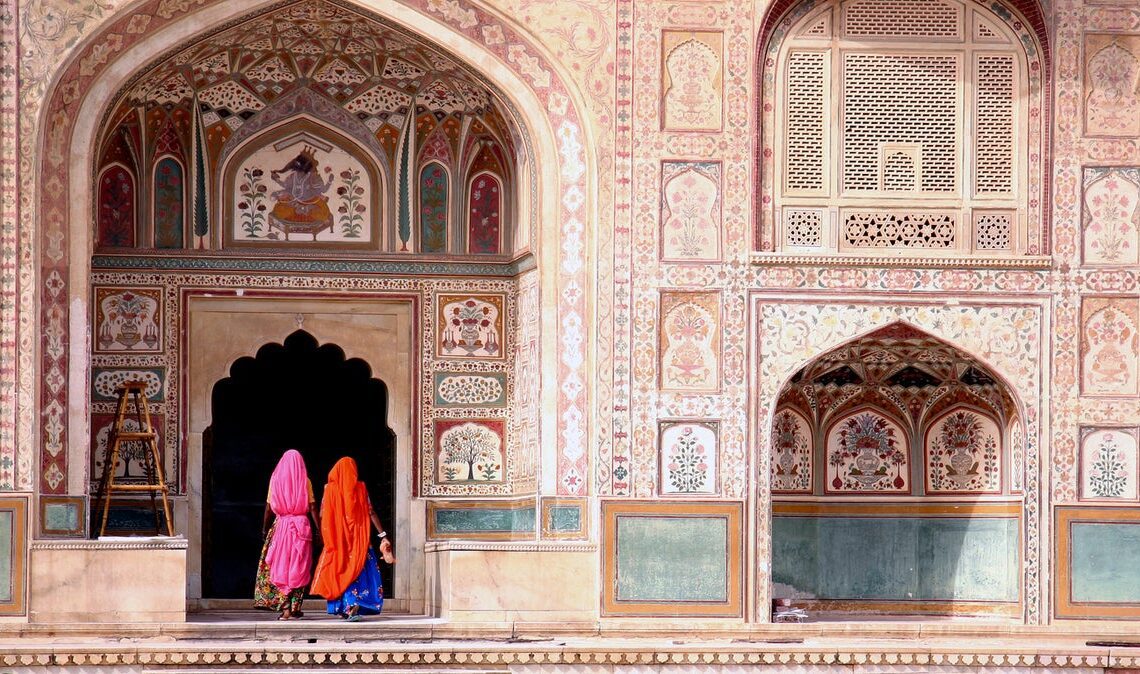From the elegant boulevards of New Delhi to the sleepy backwaters of Kerala, tiger-spotting in Ranthambore to Mumbai, the bustling city of Bollywood dreams, India is Asia at its most colourful.
Packing 4,000 years of history into a two-week stay, few destinations come close for variety, either. There’s retail therapy in ancient bazaars filled with a plumage of silks, yoga in Goa, regal splendour in Rajasthan and hiking in the flower-dotted Himalayas.
Then, of course, there’s the food; in truth many cuisines in one subcontinent: the light tamarind infused dishes of the south being a world away from the rich tandoors of Delhi. Prepare, as the locals say, to be “totally bamboozled”.
Current travel restrictions and entry requirements
Travellers who have been vaccinated with a WHO-recognised Covid-19 vaccine need to upload their proof of vaccination and a health self-declaration here ahead of travel; while those who are unvaccinated or partly vaccinated must upload a negative PCR test result taken within the 72 hours before departure.
Many COVID-19 restrictions are now being eased across India and most public places and services are functioning as normal – although restrictions vary between states and mask wearing is still adhered to in many indoors settings. Take a stash with you and read the room depending on venue.
Best time to go
In much of India, the best time to visit is from the end of monsoon in October until the end of March – after this the mercury and humidity rise during the monsoon months. The monsoons begin in the southwest around May and sweep north across the country in the weeks that follow. Most areas are then hot and humid for months in advance of the rains in early autumn.
The high-altitude hill stations of the Himalayas and Western Ghats are, however, pleasant in the hot summer months of April to early June. Holi, the much-photographed spring festival of colour, is fun (though city streets will be packed) – meanwhile hotel rates can rise during the autumn festival of lights, Diwali, when Indian tourists travel to see family and friends.
Top regions and cities
Delhi
Delhi is India’s administrative capital and feels more like several cities in one – from the expansive boulevards of New Delhi (the Edwin-Lutyens-designed heart of the British Raj), to the scented medieval bazaars of Chandni Chowk spice market and a twin chrome and glass city within a city to the south, Gurgaon, which bristles with air conditioned hotels and swanky housing…
Click Here to Read the Full Original Article at The Independent Travel…
